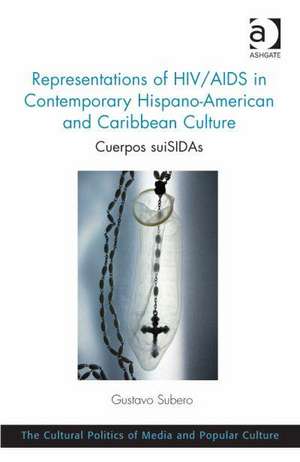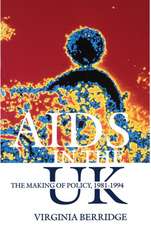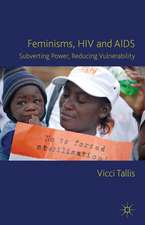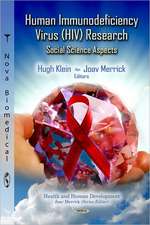Representations of HIV/AIDS in Contemporary Hispano-American and Caribbean Culture: Cuerpos suiSIDAs
Autor Gustavo Suberoen Limba Engleză Hardback – 3 apr 2014
| Toate formatele și edițiile | Preț | Express |
|---|---|---|
| Paperback (1) | 469.34 lei 6-8 săpt. | |
| Taylor & Francis – 2 dec 2016 | 469.34 lei 6-8 săpt. | |
| Hardback (1) | 1053.47 lei 6-8 săpt. | |
| Taylor & Francis – 3 apr 2014 | 1053.47 lei 6-8 săpt. |
Preț: 1053.47 lei
Preț vechi: 1284.72 lei
-18% Nou
Puncte Express: 1580
Preț estimativ în valută:
201.57€ • 210.48$ • 166.46£
201.57€ • 210.48$ • 166.46£
Carte tipărită la comandă
Livrare economică 16-30 aprilie
Preluare comenzi: 021 569.72.76
Specificații
ISBN-13: 9781472425959
ISBN-10: 1472425952
Pagini: 168
Dimensiuni: 156 x 234 x 11 mm
Greutate: 0.42 kg
Ediția:New.
Editura: Taylor & Francis
Colecția Routledge
Locul publicării:Oxford, United Kingdom
ISBN-10: 1472425952
Pagini: 168
Dimensiuni: 156 x 234 x 11 mm
Greutate: 0.42 kg
Ediția:New.
Editura: Taylor & Francis
Colecția Routledge
Locul publicării:Oxford, United Kingdom
Notă biografică
Gustavo Subero is a Researcher in Latin American and Caribbean Cultural Studies in the UK. He is the author of Queer Masculinity in Latin American Cinema: Male Bodies and Representations and editor of HIV in World Cultures: Three Decades of Representations.
Cuprins
Chapter 1 HIV/AIDS, Deviance and Plague Imagery in Anahi Berneri’s Un año sin amor and Jochen Hick’s Via Appia; Chapter 2 Constructing the Visual Rhetoric of AIDS in the Photographic Work of Mario Vivado and Hector Toscano; Chapter 3 HIV, Edu-entertainment and Female Subjectivity in La cara oculta de la luna; Chapter 4 1An earlier version of this chapter first appeared in HIV in World Cultures: Three Decades of Representations (Ashgate 2013); Chapter 5 Narrativizing HIV Positive Bodies in the Literatures of Hispano-America;
Descriere
Exploring the mechanisms and strategies used in different cultures across Hispano-America and the Caribbean to narrativise, represent and understand HIV/AIDS as a social and human phenomenon, this book examines a wide range of cultural, artistic and media texts, as well as issues of human phenomenology, to understand the ways in which HIV positive individuals make sense of their own lives, and of the ways in which the rest of society sees them.















